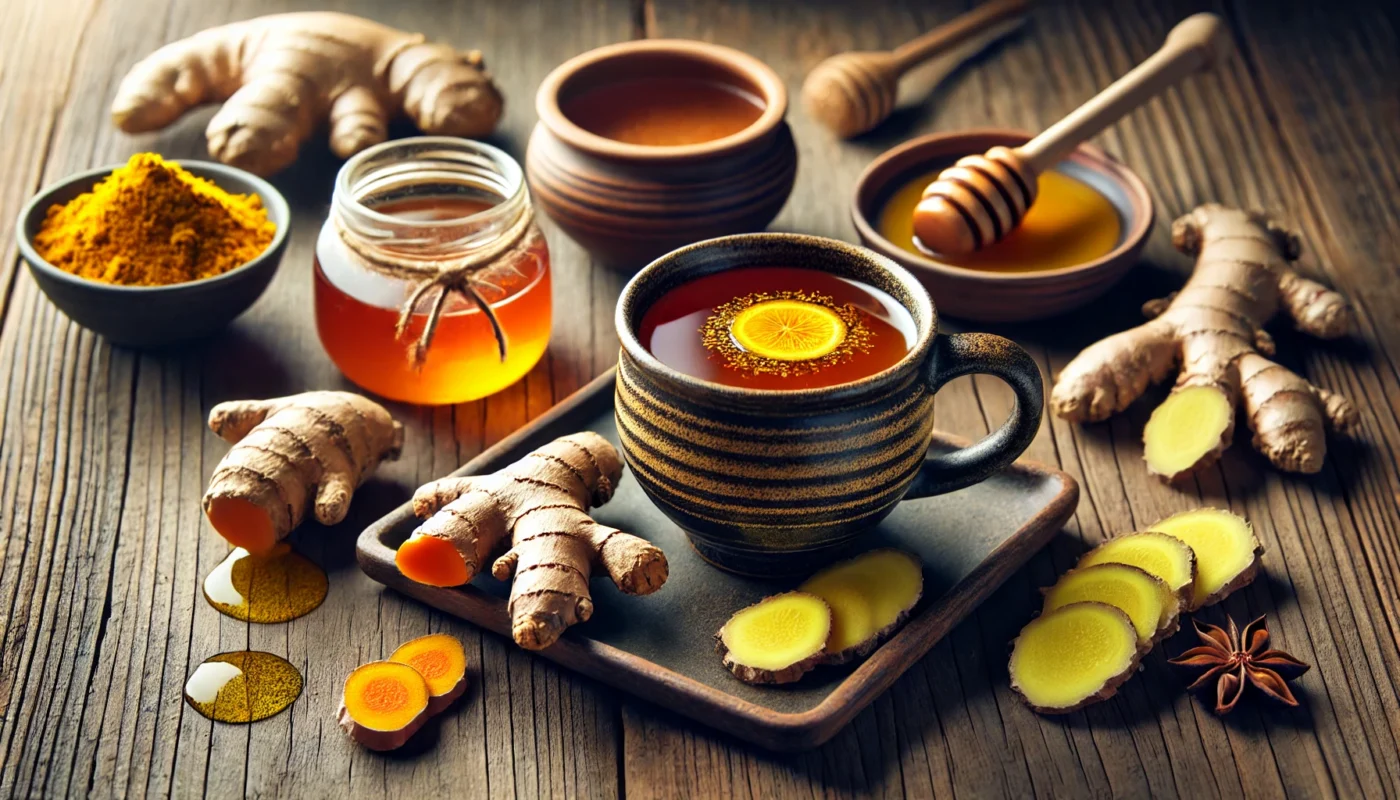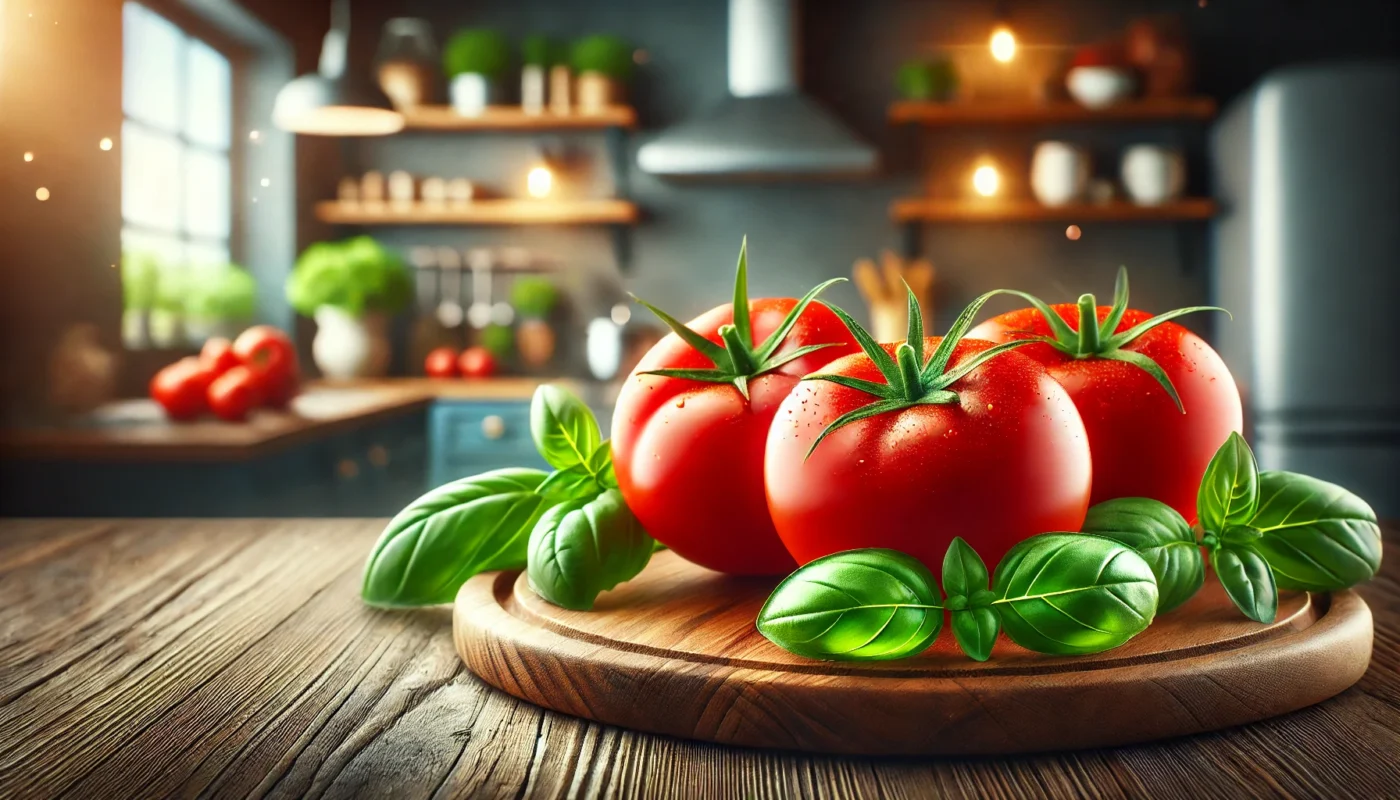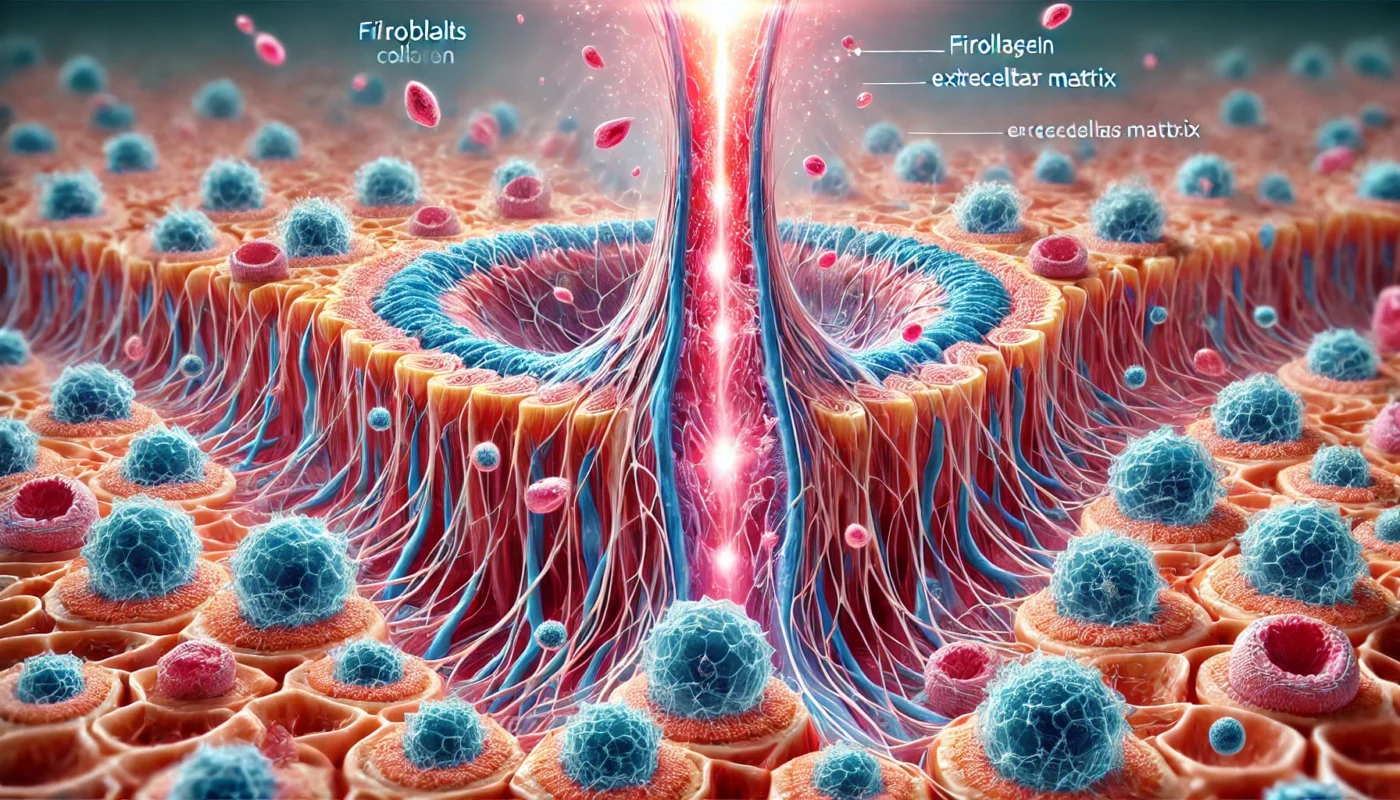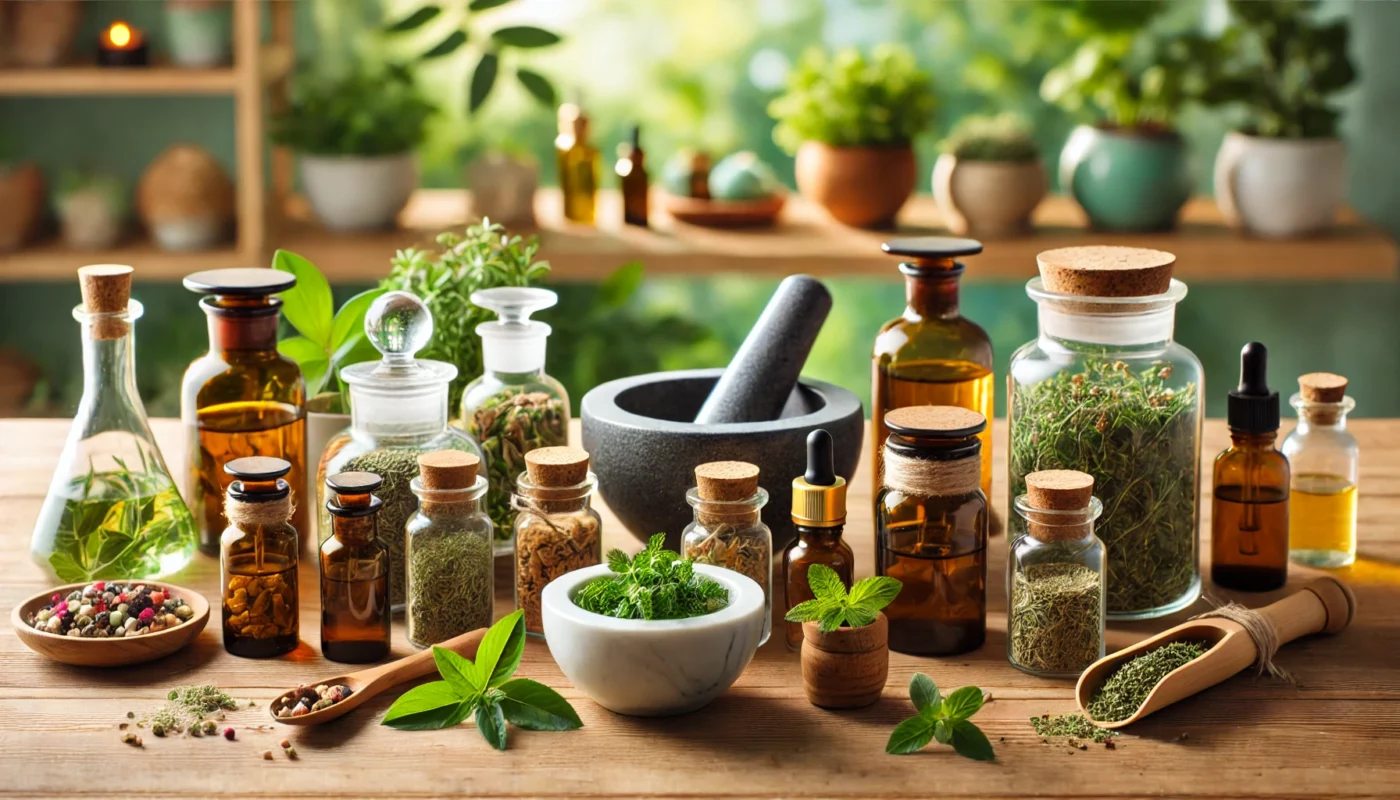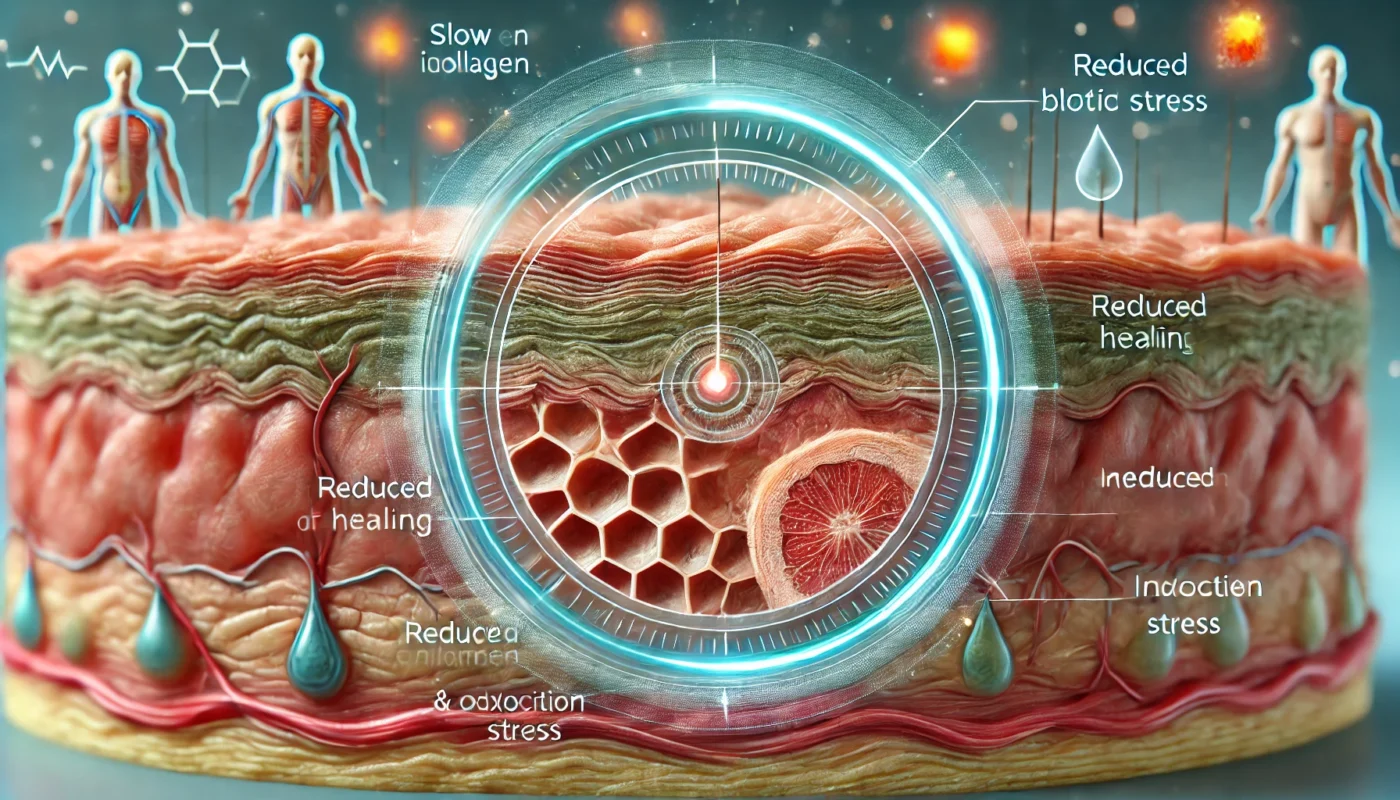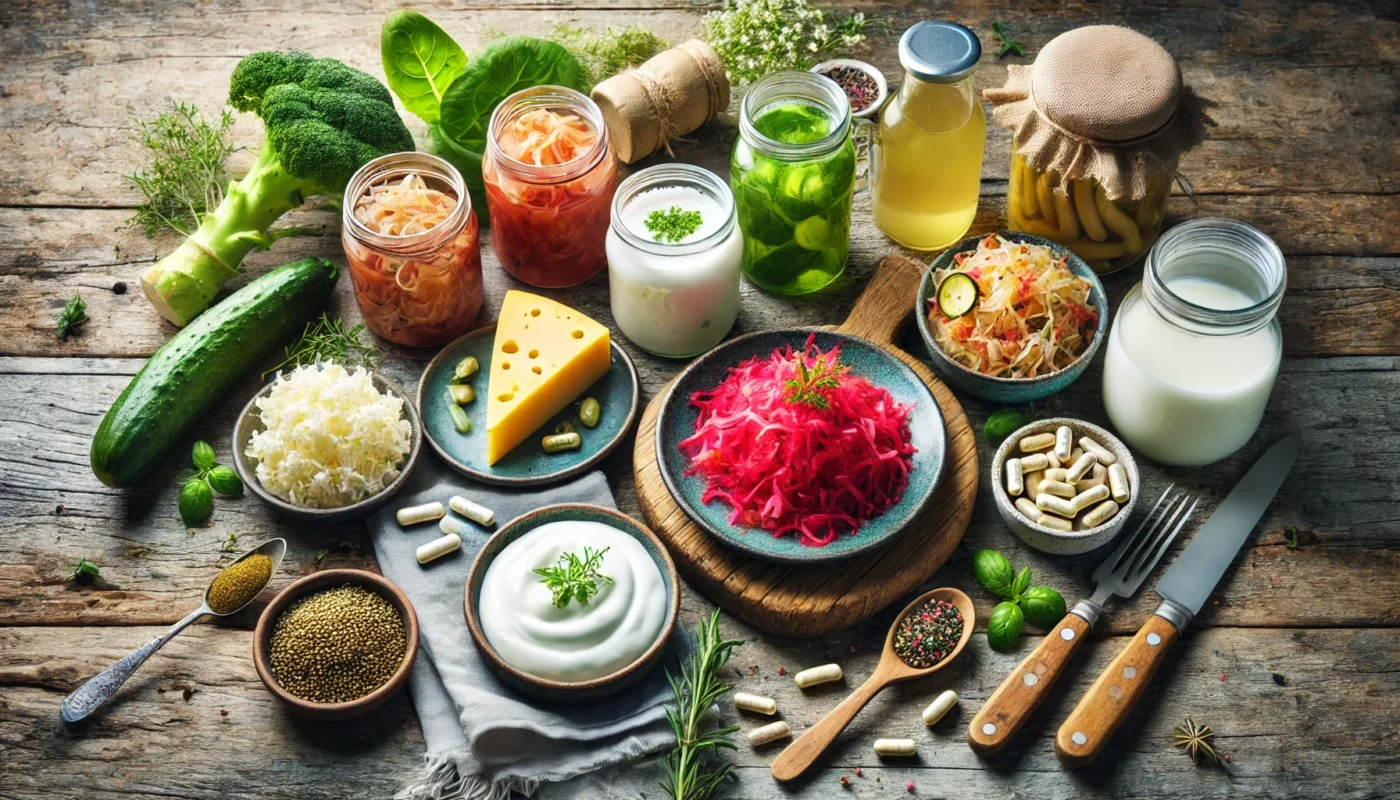Originating from New Zealand, Manuka honey is produced by bees that pollinate the native Manuka bush. Unlike regular honey, Manuka honey contains a higher concentration of methylglyoxal (MGO), a compound believed to be responsible for its potent antibacterial properties. This honey also boasts a unique Manuka factor (UMF), a grading system that indicates the level of its antibacterial activity. Understanding these components helps consumers make informed decisions when selecting Manuka honey for therapeutic use.
Tag Archives: Health and Wellness
Arthritis, a condition characterized by inflammation and stiffness of the joints, can significantly affect one’s quality of life. The persistent pain and discomfort can make daily activities challenging. While conventional medicine offers various treatments, many individuals seek alternative approaches to manage their symptoms. This article delves into natural solutions and home remedies that can be integrated into your routine to alleviate arthritis pain and improve joint health.
In the realm of nutrition and wellness, the debate surrounding whether certain foods are inflammatory or anti-inflammatory often arises. Among these contentious foods are tomatoes and potatoes. Both are staples in many diets, yet they are frequently scrutinized for their potential inflammatory properties. So, do tomatoes and potatoes cause inflammation, or are they unfairly maligned? This article will explore the intricate relationship between these foods and inflammation, providing a comprehensive overview for those seeking clarity.
Pharmaceuticals are the most widely recognized form of medicine, typically prescribed by healthcare professionals to treat, cure, or prevent diseases. They undergo rigorous testing and regulation, ensuring efficacy and safety for consumers. Here are some common categories:
Fibromyalgia is often misunderstood and misdiagnosed due to its complex nature. It affects approximately 2-4% of the population, with a higher prevalence in women. The symptoms include persistent pain, sleep disturbances, cognitive difficulties (often referred to as “fibro fog”), and emotional distress. Diagnosing fibromyalgia can be challenging since it shares symptoms with other conditions.
The healing journey is a complex biological process that unfolds in several distinct stages. Each stage plays a vital role in restoring the skin’s integrity and function. Let’s explore these phases in detail:
When it comes to the intricate and fascinating process of wound healing, fibroblasts play a pivotal role that often goes unnoticed. These dynamic cells are integral to the repair and regeneration of tissues, working tirelessly behind the scenes to restore the skin’s integrity after an injury. In this article, we’ll delve into the function of fibroblasts, explore their significance in the wound healing process, and provide insights into how they contribute to each phase of healing. By understanding the multifaceted roles of fibroblasts, we gain a deeper appreciation for the complex biological processes that underpin healing.
When it comes to managing pain, many individuals instinctively reach for over-the-counter medications like Tylenol. However, if you’re exploring herbal remedies as effective Tylenol alternatives, you’re tapping into a world of natural solutions that have been used for centuries. These alternatives can offer relief without the side effects often associated with conventional painkillers. In this article, we delve into some potent herbal remedies that can serve as effective alternatives to Tylenol for managing various types of pain.
Wound healing is a complex physiological process involving multiple stages: hemostasis, inflammation, proliferation, and remodeling. Each phase is critical and interdependent, requiring a well-coordinated effort from various cells, growth factors, and enzymes. When any of these components are disrupted, impaired wound healing can occur.
Before discussing probiotics, it’s essential to grasp the intricacies of autoimmune diseases. These conditions, such as rheumatoid arthritis, lupus, and multiple sclerosis, involve the immune system misidentifying its own tissues as threats, leading to chronic inflammation and tissue damage. The gut microbiome, a complex ecosystem of bacteria residing in the digestive tract, plays a crucial role in regulating the immune response. An imbalance in this microbiome, known as dysbiosis, is often linked to autoimmune conditions.


